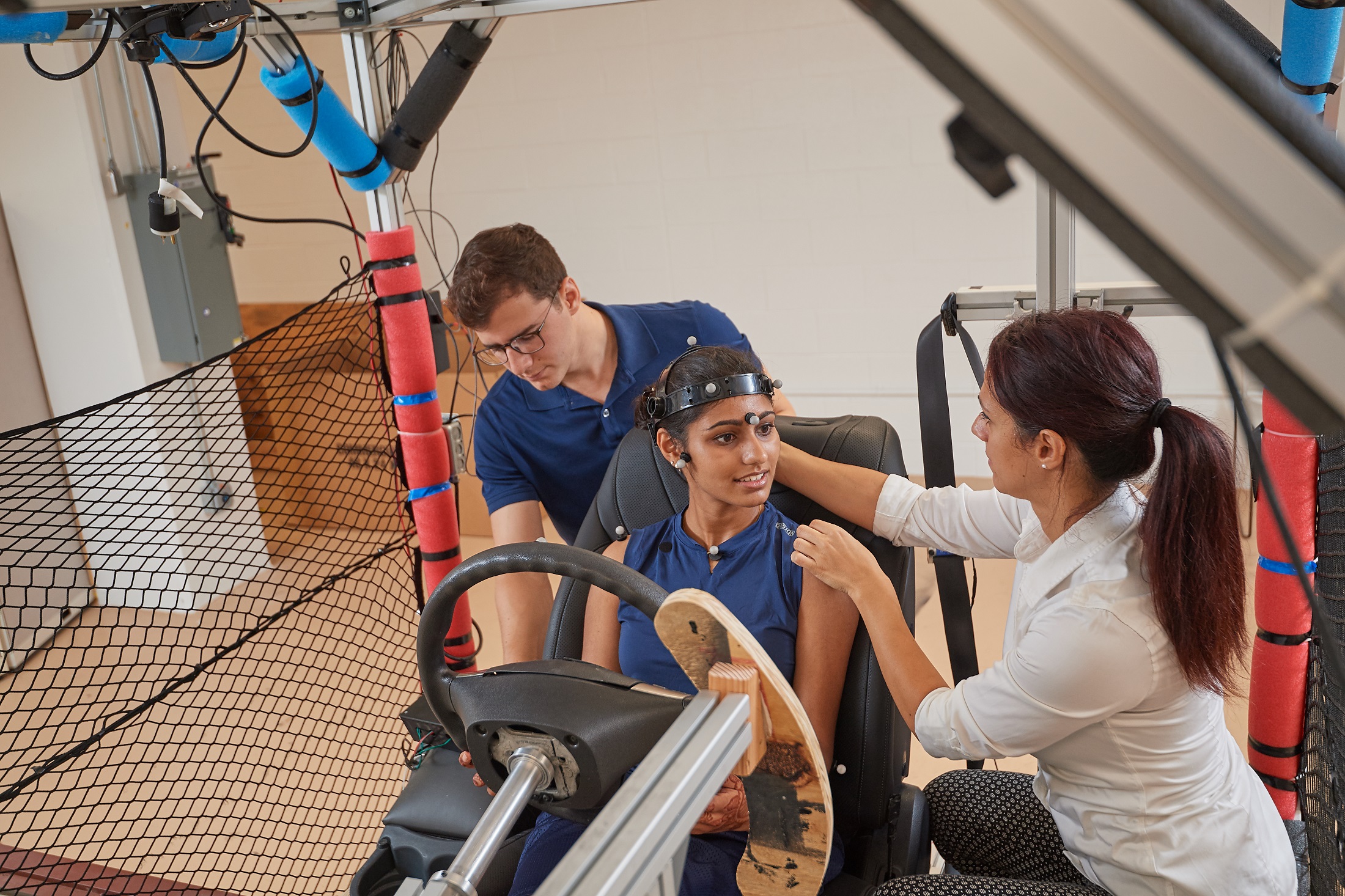Research In Action
Research In Action
Breadcrumb

I was fortunate to be able to spend the summer before my senior year as an undergraduate at the University of Arkansas working with Kristy Arbogast, PhD and Thomas Seacrist, MBE at the Center for Injury Research and Prevention (CIRP) at Children’s Hospital of Philadelphia. This opportunity came through the Research Experiences for Undergraduates (REU) program sponsored by the National Science Foundation (NSF).
While I had a passion for solving real-world problems prior to this experience, I had never considered pursuing automotive safety (or safety research of any kind, for that matter) for my career. My summer as an REU student set me on a path to make a difference in the field of automotive safety.
After completing my undergraduate program, I ended up back at CIRP and the University of Pennsylvania (Penn), this time pursuing a master’s degree in Engineering – again with Dr. Arbogast as my mentor. During this time I had the great opportunity to work on a neat project in collaboration with Jason Hallman, PhD and Rini Sherony, MSEE at Toyota North America and John Bolte IV, PhD and Julie Mansfield, PhD at The Ohio State University Injury Biomechanics Research Center to help better understand occupant safety in children and adults. The project was led by Dr. Arbogast and Valentina Graci, PhD, a research scientist here at CIRP.
Specifically, the project, which was funded by Toyota’s Collaborative Safety Research Center, focused on quantifying the biomechanics (how people move and use their muscles) of vehicle passengers in response to a series of pre-crash maneuvers (such as slamming on the brakes to avoid a crash). Carried out at the Transportation Research Center in East Liberty, Ohio, the project allowed us to not only compare child passenger movement to that of adults, but also to gain insight into the differences between various emergency maneuvers a driver, or an automated vehicle system, might perform.
Additionally, I had the opportunity to work on a naturalistic driving study and a study assessing the accuracy of head impact sensors. These projects helped to improve my “hard” skills, such as data analysis, as well as how to succeed in working with an interdisciplinary team. I was also fortunate to be invited to present this work at multiple conferences and to engage in conversations about how my work could translate to a real-world safety improvement.
Improving Quality of Life Through Research
These experiences at CIRP showed me the power that well-led, collaborative research can have in truly improving quality of life for people of all ages. I graduated from Penn with the realization that the next step in my career had to be to an organization committed to making the world a better place; I could not have my research and analyses just sit in an academic journal.
A former colleague at CIRP introduced me to Consumer Reports, and I discovered there was a need for a technically minded analyst to join its advocacy team in Washington, DC. There, I am fulfilling my dream of working with a true mission-driven team, applying the research skills and the focus on impact I learned at CIRP to a wide array of safety issues. From self-driving cars to carbon monoxide generating portable generators, we are protecting consumers through marketplace change.
As I look back on the early stages of my (admittedly still young) career, I am so thankful for the amazing people and programs at CIRP that helped cultivate my passion for making a real world difference, and I look forward to living out that mission for the rest of my career.

